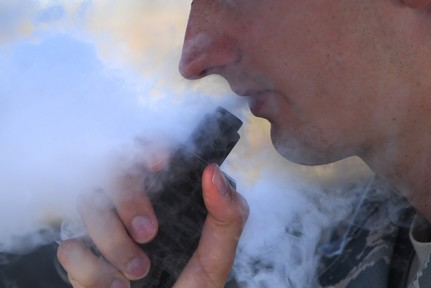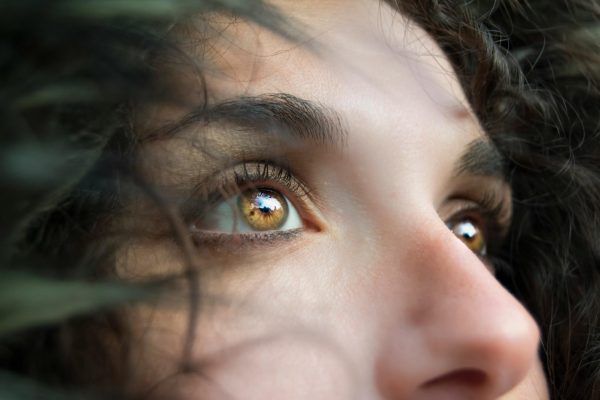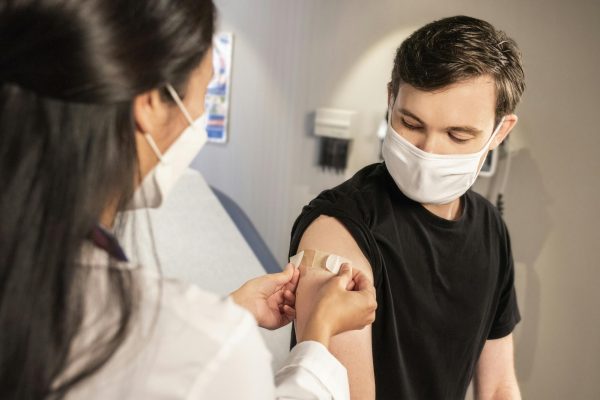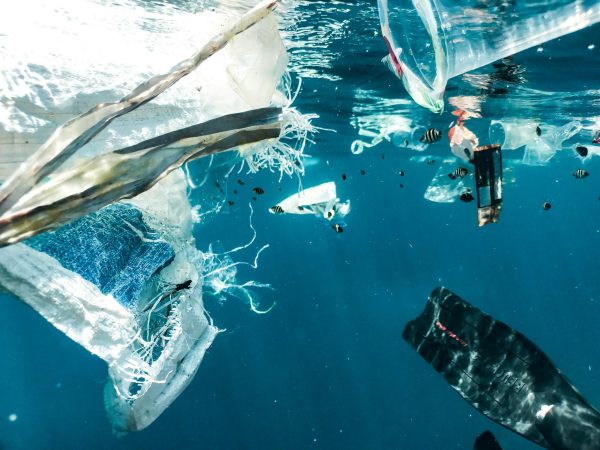The Culprit Behind the Deadly Vaping Outbreak
Nowadays it is common to see many people using vapes throughout the day. Vaping is usually presented as a completely safe alternative to cigars and cigarettes, and advertisements claim that vaping is not even close to as harmful as real smoking would be. In actuality, however, vaping is an only slightly less harmful alternative to cigarettes and cigars. Unfortunately, people still use them despite possessing knowledge about the heavy strings and risks attached to vaping.

Vape liquid, or “E-liquid”, is made up of 4 basic ingredients: water, nicotine, flavorings, and glycol or glycerin (chemicals that produce much vapor when heated). Across 10 states in the USA, there were 29 victims of vaping. Post mortem studies carried out on these victims allowed forensics to categorize these deaths as a cause of E-cigarette, or Vaping, product use-Associated Lung Injury (EVALI). The results of these post-mortem tests showed that Vitamin E acetate was present in fluid from bronchoalveolar lavage (BAL) that was extracted from the lining of the lungs. BAL is a medical procedure, where a bronchoscope is passed through the nasal or oral passage into the lungs, and a fluid is squirted into the cavity, and then collected and examined.
Vitamin E acetate is a synthetic form of vitamin E and is an ester of acetic acid and tocopherol. Esters are essential oils and fatty lipids. Although vitamin E acetate is widely taken as a supplement and is also present as an ingredient in some skincare products, it is very toxic if inhaled. Furthermore, vitamin E acetate plays a role in both diluting or thickening vaping products that contain tetrahydrocannabinol, also known as THC. THC is the psychoactive ingredient in marijuana, meaning that it impacts our brain and our psychology. THC impacts cognition, memory, movement and pleasure aspects of our psychobiological anatomy, by latching onto certain receptors in the brain intended for neurotransmitters that are involved in naturally causing pleasure by regulating dopamine concentrations, for example. This is similar to how on a highway, a truck might break down and block the car lanes, preventing cars from passing through in a controlled manner, thus resulting in traffic and chaos.
So what? It could just be a coincidence, right? Not at all. Vitamin E acetate was the only chemical present in each of the samples of fluid. This means that it has a significant impact on the lungs of vapers.
It is not exactly clear just yet as to how this substance impacts the lungs. However, since vitamin E acetate is oil, or ester, derived from vitamin E, experts believe that the oil-like substance coats crucial pores in the lungs that are necessary for gas exchange with the capillary red blood cell network under the skin are blocked. Since the diameter of capillary blood vessels is only thick enough for one cell to pass at a time, gas exchange is usually very controlled. As each red blood cell passes an alveolar cell, the gases diffuse across the cell membranes, and the red blood cell receives oxygen, whereas the alveolar cells receive carbon dioxide, which we exhale. Blocking this not only prevents the lung cells from exchanging stale carbon-dioxide-rich air present in the red blood cells with fresh oxygenated air but also causes inflammation in the lung cells as they frantically attempt to rid the lungs of the oily substance.
Overall, vaping has built for itself a path into social smoking and culture, causing a significant increase in vaping and vaping culture. According to preliminary studies carried out by the University of Michigan’s Monitoring the Future (MTF) organization, the number of American high school seniors who vape has increased from 11% in 2017 to 25% in 2019. The number of sophomores who vape has increased from 8% to 20%, and the number of eighth-graders has increased from 4% to 9%. What concerns me the most about the rise of vape culture in our society, is the number of health consequences it imposes on our youth. Given that the future of our world is dependent on the ability of our generation to fix current global issues, sacrificing our health does not sound like the greatest of ideas to me.









Charlene Aspinwall • Nov 20, 2019 at
Thank you, Yash, for your research into this topic and sharing pertinent information with our community.